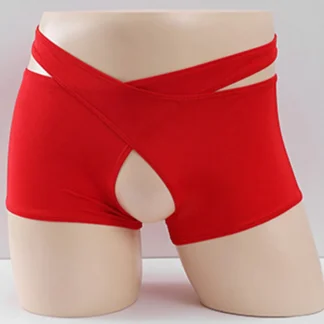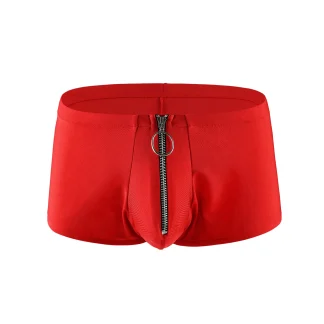The Unassuming Detail: Unraveling the Layers of History, Culture, and Functionality in Everyday Open Crotch Wear
The phrase of these items often evokes a sense of surprise, perhaps even discomfort, in modern discourse. However, a deeper exploration reveals a nuanced history and cultural significance that extends beyond the immediate connotations. This category of clothing, far from being a mere novelty, represents a fascinating intersection of practicality, evolving social norms, and the contemporary pursuit of personal comfort and convenience.
Historical Foundations: From Necessity to Specialized Function
The origins of open crotch designs in everyday wear stem from pragmatic needs in historical contexts. In many cultures, particularly those with complex or layered clothing styles, these items style offered a practical solution to facilitate bodily functions without requiring the complete removal of garments. This was not a matter of sexual innuendo but a necessity in daily life, especially in environments where maintaining warmth or adhering to strict modesty standards was paramount.
Consider, for instance, traditional garments in various regions where multiple layers of clothing were essential for protection against harsh climates. Crotchless allowed for ease of use in such scenarios, simplifying daily routines and ensuring functionality. This historical precedent underscores the fundamental role of clothing in adapting to specific environmental and social demands.
Furthermore, the evolution of these designs into everyday wear is closely linked to the development of specialized garments for work and medical purposes. In certain occupations, where quick and easy access was crucial, open crotch style were incorporated into workwear to enhance efficiency and comfort. Similarly, in medical settings, these items facilitated examinations and treatments, highlighting their practical applications beyond intimate apparel.
While the widespread use of traditional crotchless style has diminished in many parts of the world due to advancements in clothing technology and shifting social norms, the underlying principle of facilitating ease of movement and access remains relevant. This evolution reflects the ongoing dialogue between historical practices, functional needs, and contemporary lifestyles.
Cultural Shifts and Social Perceptions: Navigating Taboos and Embracing Comfort
The cultural perception of open crotch designs has undergone a dramatic transformation over time. In earlier eras, these items were often perceived as purely functional, devoid of any sexual connotations. However, with the rise of modern lingerie and the increasing emphasis on sexuality in popular culture, these items became increasingly associated with sensuality and intimacy.
This shift in perception has created a degree of taboo surrounding open crotch style in everyday attire, leading to misconceptions and misinterpretations. However, in certain subcultures and specialized contexts, these are embraced for their practical benefits and comfort-enhancing qualities. For instance, in certain medical or therapeutic settings, these are essential for facilitating access for treatments, examinations, or personal care.
The modern acceptance of regular crotchless wear also reflects a broader societal trend towards body positivity, personal comfort, and individual expression. As individuals become more comfortable with their bodies and their desires, they are more likely to embrace garments that prioritize and functionality, even if they challenge traditional norms and expectations. This shift represents a move towards greater inclusivity and acceptance of diverse needs and preferences.
Moreover, the rise of niche markets catering to specific needs has contributed to the normalization of everyday open crotch wear. For example, garments designed for individuals with mobility limitations or medical conditions often incorporate these items to enhance relief and ease of use. This highlights the importance of recognizing and addressing the diverse needs of different populations.
Design and Functionality: Prioritizing Comfort and Discretion
The design of everyday crotchless wear is primarily focused on maximizing relief, functionality, and discretion. Common features include soft, breathable fabrics, seamless construction, and strategically placed openings. These elements work in harmony to create garments that are both comfortable and practical for daily attire.
Modern iterations of regular open crotch outfit often leverage cutting-edge materials and techniques to enhance comfort and performance. Stretch fabrics, for example, provide a close and comfortable fit, while moisture-wicking materials promote breathability and temperature regulation. These innovations reflect the ongoing pursuit of creating garments that are truly suitable for everyday use.
The construction of these garments is meticulously designed to ensure discretion and minimize the risk of discomfort or exposure. Openings are often concealed or strategically placed to maintain a seamless appearance and prevent any unwanted attention. This attention to detail reflects the emphasis on creating garments that are both functional and socially acceptable.
Furthermore, the use of adjustable closures, reinforced seams, and other design features enhances the durability and versatility of everyday open crotch wear. These elements ensure that the garments can withstand the rigors of daily use and adapt to various activities and environments.
Modern Adaptations and Niche Applications: Meeting Diverse Needs
While regular crotchless attire may not be a mainstream fashion trend, it has found niche applications in various specialized contexts. For example, some individuals with medical conditions, such as incontinence or mobility limitations, find these garments invaluable for managing daily activities and maintaining independence.
In the realm of performance wear, certain types of open crotch garments are used to enhance comfort and functionality during athletic activities. For instance, cyclists or dancers may opt for garments that provide ease of movement and ventilation, highlighting the practical benefits of these designs in specialized settings.
The rise of personalized and customizable clothing may also lead to new interpretations. As consumers increasingly seek garments that are tailored to their specific needs and preferences, we may see a resurgence of interest in crotchless designs for both practical and comfort-related reasons.
Moreover, the growing emphasis on inclusivity and accessibility in fashion may contribute to the normalization of regular open crotch wear. As designers and manufacturers become more aware of the diverse needs of different populations, they may develop innovative solutions that address these needs while maintaining a sense of style and discretion.
Conclusion: A Matter of Context, Choice, and Evolving Norms
Everyday open crotch wear, while often misunderstood and mischaracterized, represents a complex interplay of historical practicality, cultural shifts, and modern adaptations. Its existence highlights the ongoing evolution of clothing to meet diverse needs and preferences, reflecting the dynamic relationship between fashion, function, and society.
Ultimately, the choice to attire regular crotchless garments is a matter of personal preference, context, and individual needs. As societal norms continue to evolve and as we embrace greater inclusivity and acceptance, we can expect to see further innovation and adaptation in the design and use of these garments.
It is crucial to approach this topic with an open mind, a willingness to understand diverse motivations, and a recognition of the complex interplay between clothing, culture, and personal expression. By doing so, we can foster a more nuanced and informed understanding of the role of clothing in our lives and the diverse ways in which individuals express their identities and meet their needs.
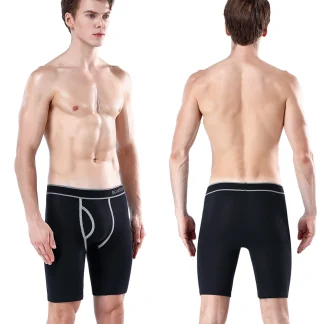

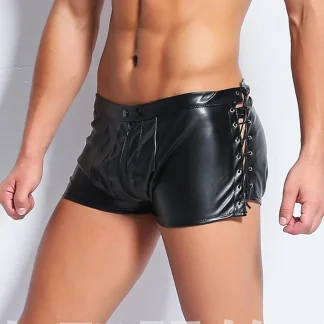
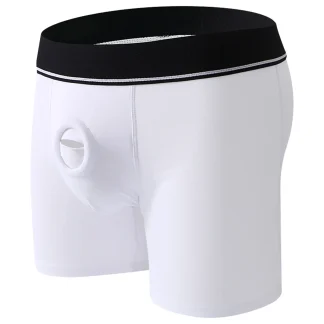

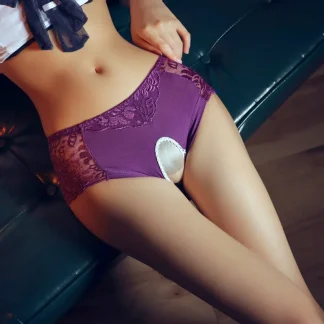 + 2
+ 2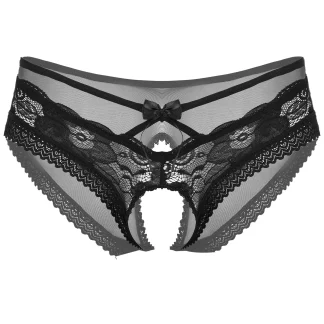
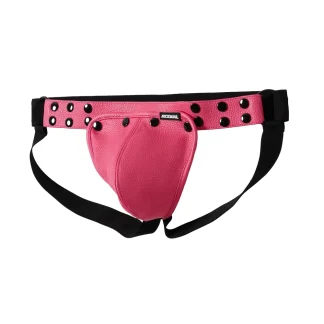
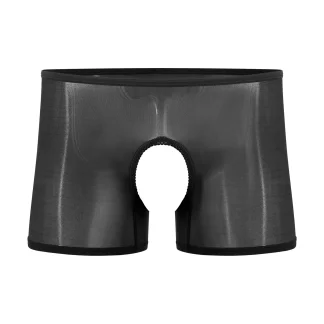
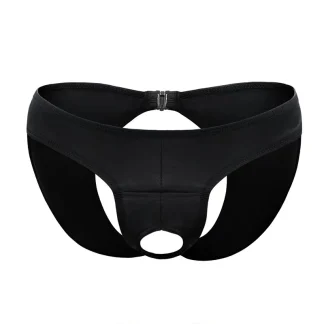
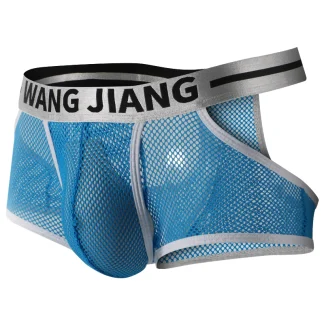
 + 2
+ 2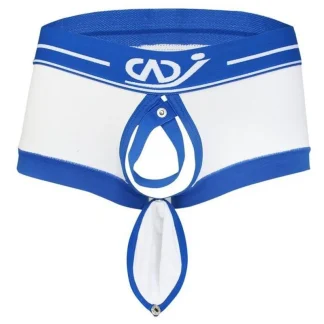
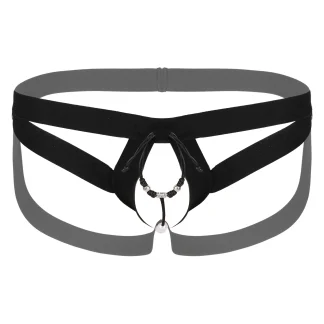
 + 2
+ 2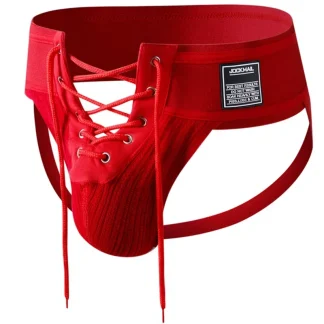
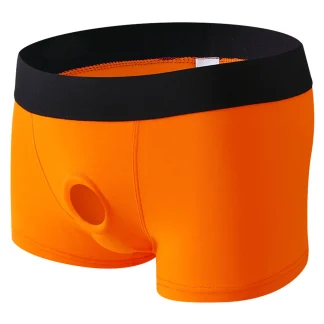


 + 4
+ 4